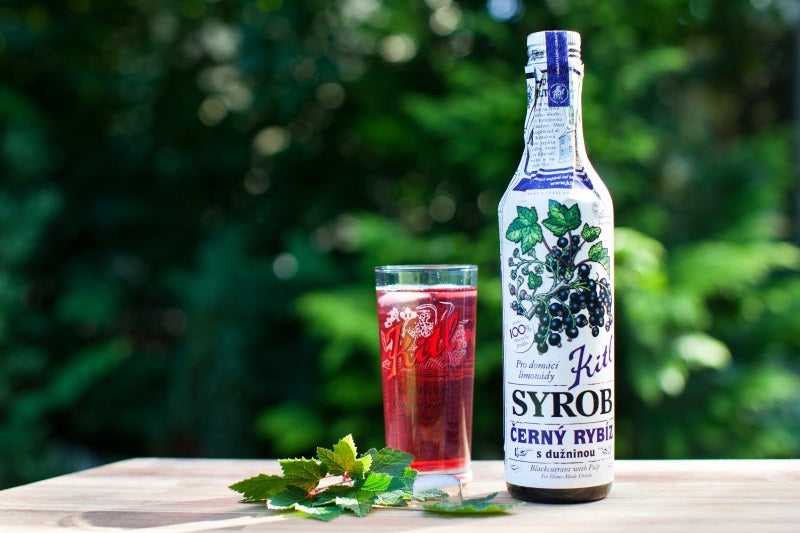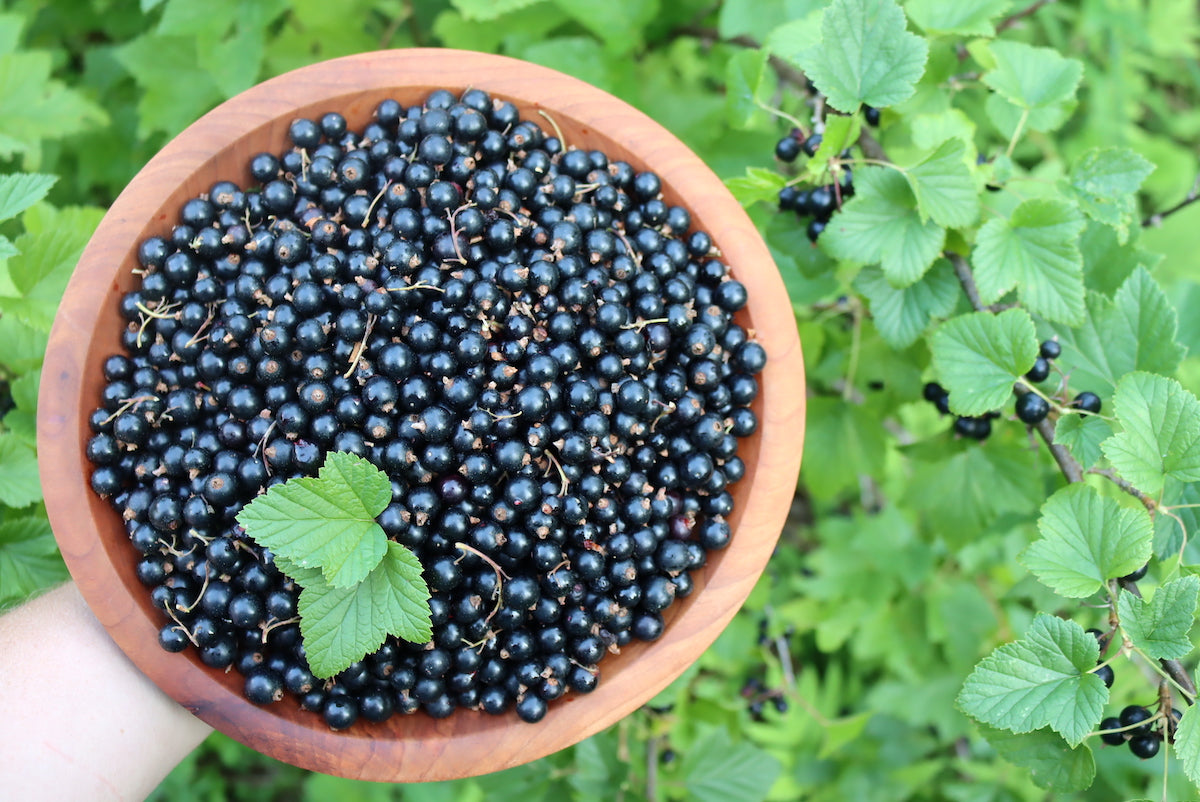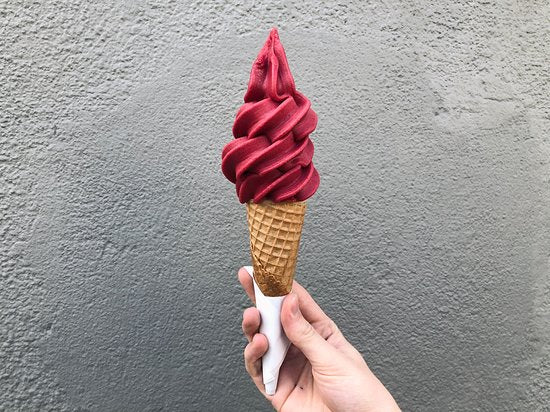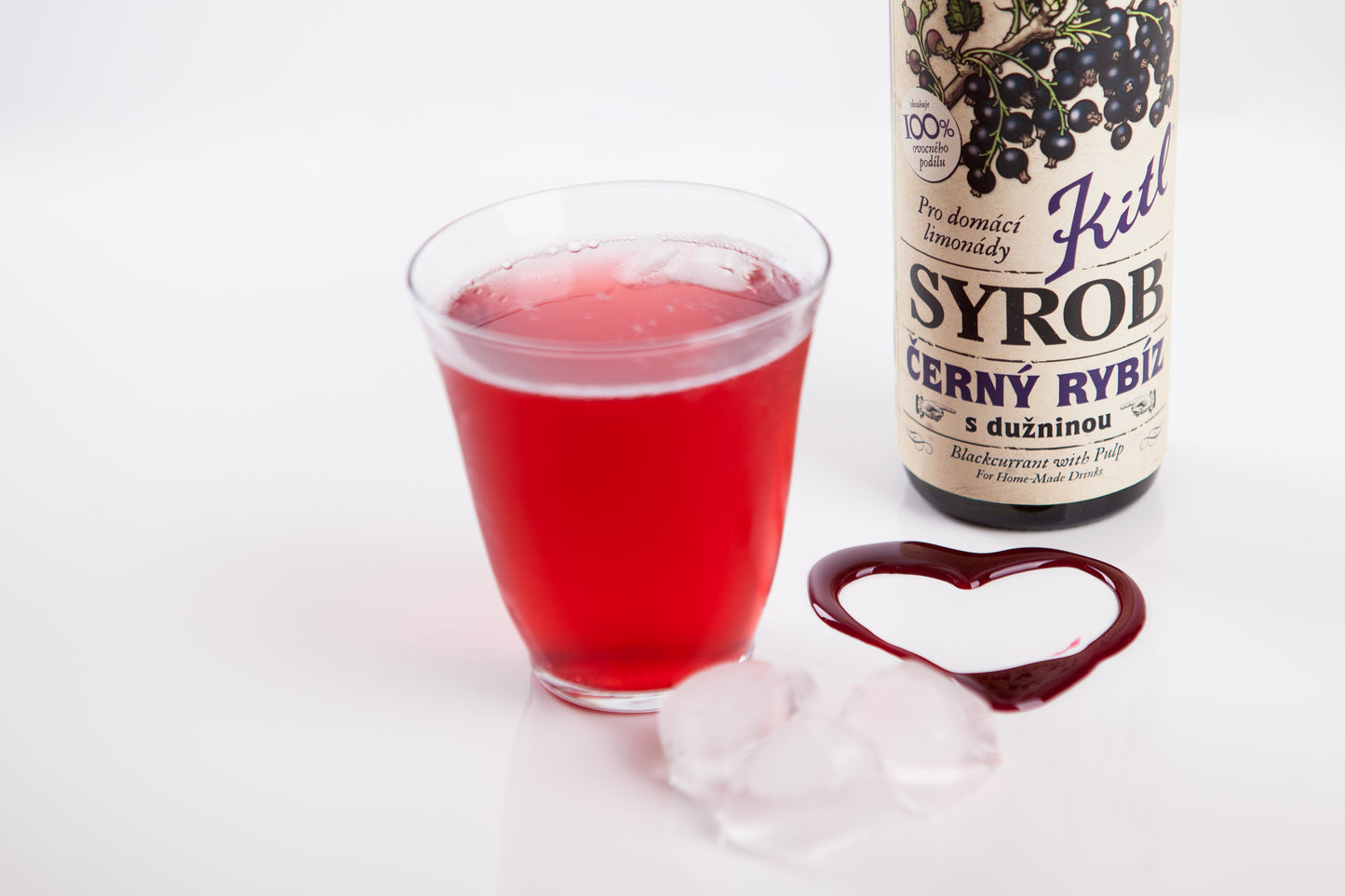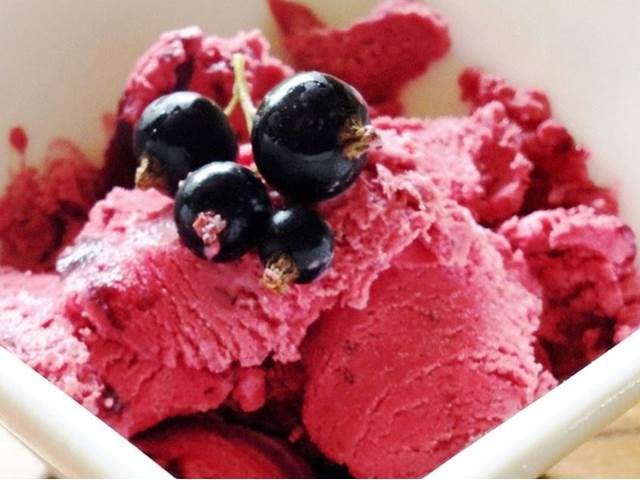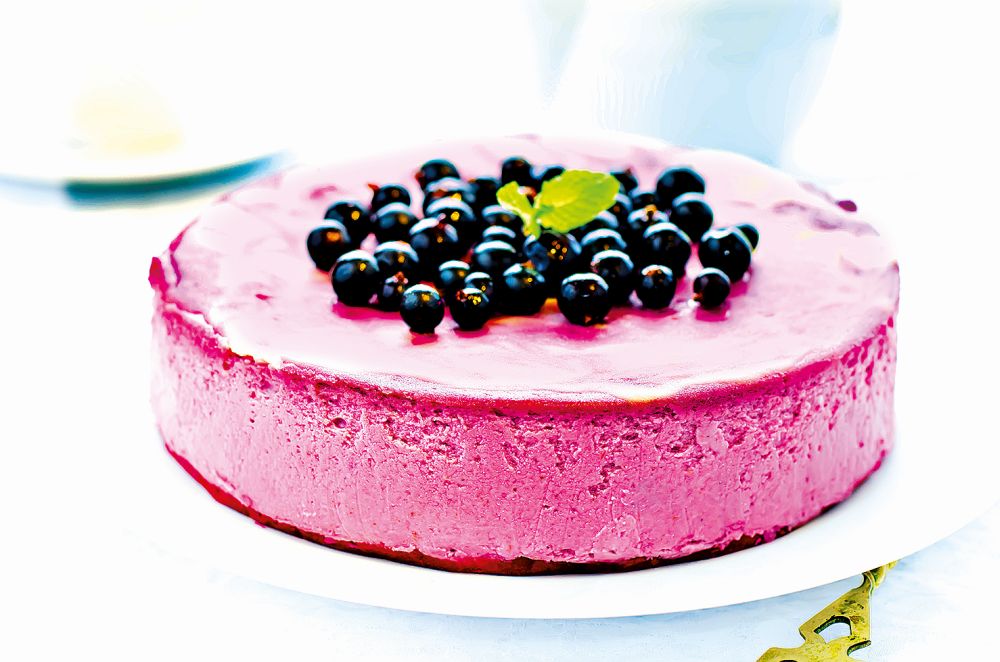WAY2LIVE
KITL BLACKCURRANT 500ml
KITL BLACKCURRANT 500ml
Couldn't load pickup availability
Kitl Blackcurrant Syrup
Kitl Blackcurrant Syrup contains a high concentration of fruit. It is ideal for preparing home-made refreshing lemonades, cocktails, hot drinks, and desserts.
Enjoy the numerous health benefits of blackcurrants, including high antioxidants and vitamins.
Kitl Blackcurrant Syrup with pulp 500 ml
Blackcurrants (Ribes nigrum) are rich in natural antioxidants and vitamin C. During the Second World War, blackcurrant syrup was given free of charge to British children under two years of age. Fresh fruit can be consumed raw or processed to produce a wide range of sweet or sour beverages and meals.
It is ideal for preparing home-refreshing lemonades, tasty hot and cold beverages, and cocktails.
Instructions: To prepare home-made drinks, dilute the syrup 1:10 preferably with fine water; for a hot drink, dilute 1:8.
Ingredients: sugar, blackcurrant concentrate (Ribes nigrum L., 13 %), blackcurrant pulp (Ribes nigrum L., 6 %), acidifier: citric acid, preservative: potassium sorbate, flavoring.
Store in a calm and dark place. Fruit extracts may settle. Any cloudiness or foaming is not a concern as it highlights the product's naturalness. Shake well before use. Refrigerate after opening and use within 30 days. They are packed in a protective atmosphere.
Nutritional information: 100 ml contains energy 1343 kJ / 316 kcal, fats < 0.5 g (of which saturated fatty acids < 0.1 g), carbohydrates 79 g (of which sugars 79 g), protein < 0.5 g, salt < 0.01 g.
Recipes from Kitl Blackcurrant syrup:
Blackcurrant lemonade
Kitl Syrob Blackcurrant, soda, and melon cut into cubes.
Blackcurrant ice cream
Mix the blackcurrant syrup with cream and freeze it. Serve in small porcelain bowls after a good meal.
Blackcurrant vodka
Blackcurrant has been cultivated since the 11th century in the Russian monastery gardens and came to Europe in the late 17th century.
Share

